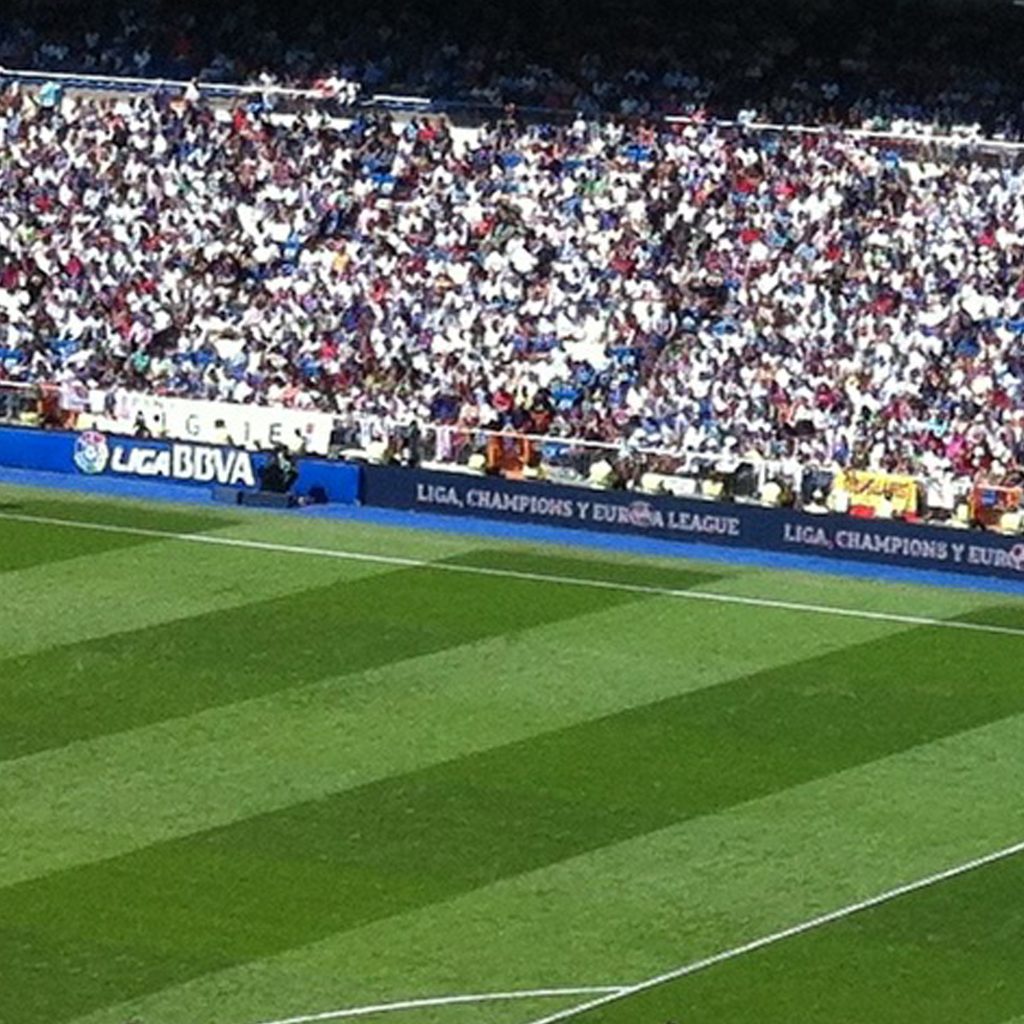As the name suggests, stadium LED screens are screens used in stadiums (basketball, football, etc.). They need to meet various conditions to provide viewers with the best viewing experience. Whether it is used in NBA stadiums or World Cup stadiums, audiences are no longer satisfied with the single broadcast content of live games. They are more eager for real-time data, exciting replays and interactive displays. Therefore, LED screens have become an indispensable part of stadium events. So how should we choose the right stadium screen? The main factors to consider when choosing Ningshine’s stadium LED displays are the following.

Clarify the use requirements of LED display screens. There is a big difference between indoor and outdoor application environments.
1. Pixel pitch – ensure clear picture
We all know that pixel pitch and viewing distance are interdependent. Pixel pitch directly affects clarity at viewing distance. The calculation logic is: maximum viewing distance (meters) ≈ pixel pitch(mm) * 1000. For example, a large football stadium has a maximum viewing distance of 100 meters, so we use a 5-10mm pixel pitch. Small and medium-sized basketball courts have a shorter viewing distance, where a 10-meter head-up view is considered acceptable, so a smaller pixel pitch is required. This also shows that pixel pitches of P3-P5 are generally suitable for small and medium-sized events, while P6-P10 are suitable for large events.
2. More Than 5500nits Brightness – to cope with strong light
Whether indoors or outdoors, the brightness requirements are the same. Indoors, the brightness is generally ≥800nits to avoid interference from reflections. Outdoors, the light is generally strong, and we must prevent the screen from being seen clearly under direct sunlight. A brightness of ≥5500nits is essential to ensure that the screen is still clearly visible under strong light.
3.3840Hz refresh rate-solves ghosting
Sports events require a carousel display, and the refresh rate must be maximized for both near and far viewing distances. Ningshine’s stadium screens offer a base refresh rate of 3840Hz, with rental models exceeding 7680Hz. Flicker-free and low-latency prevents horizontal streaks in camera footage. A 16-bit grayscale ensures a faster response time for dynamic images. High-speed action (such as football and basketball) can cause blurring and artifacts, impacting the viewer experience and leading to a poor screen quality.
4. IP65 Protection level – adapt to complex environment
While indoor installations generally don’t require strict protection levels, basic dust protection is acceptable. Outdoor installations require higher levels of protection, and Ningshine outdoor LED screens offer at least IP65 protection, ensuring protection against rain and dust, ensuring the screen remains visible even in windy and rainy weather. The reinforced steel structure ensures windproof performance, and the high-quality LEDs provide exceptional collision resistance, even if a high-speed ball accidentally strikes the screen. The screen’s service life exceeds 100,000 hours.
5.Structure and installation
First, we need to install the appropriate screen based on the venue’s dimensions. Common options include rectangular, curved, and even custom-shaped screens. Secondly, there are a variety of mounting options, including ceiling-mounted, floor-standing, and wall-mounted. The choice of mounting method requires consideration of its load-bearing capacity. Furthermore, it supports SDI/HDMI signal input, remote content management, and real-time synchronized stadium scores and slow-motion replays. Finally, proper heat dissipation is crucial. We utilize a die-cast magnesium cabinet with back-mounted cooling to ensure stable operation between -30°C and 60°C, effectively dissipating heat even in the summer’s sweltering temperatures.
In short, stadium LED displays, whether indoors or outdoors, have strict requirements. It’s crucial to clearly define the installation location and viewing distance before choosing the appropriate screen. Therefore, indoor requirements generally follow the following criteria: refresh rate > pixel pitch > brightness, while outdoor requirements are: protection > brightness > refresh rate > pixel pitch.
